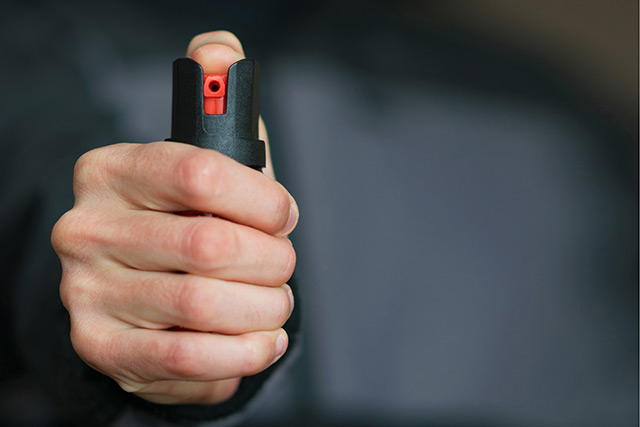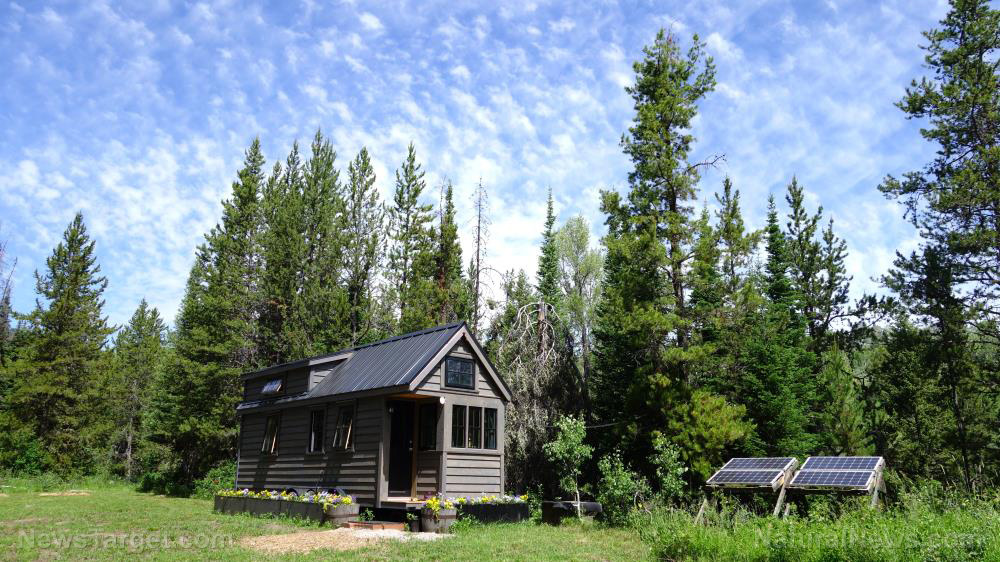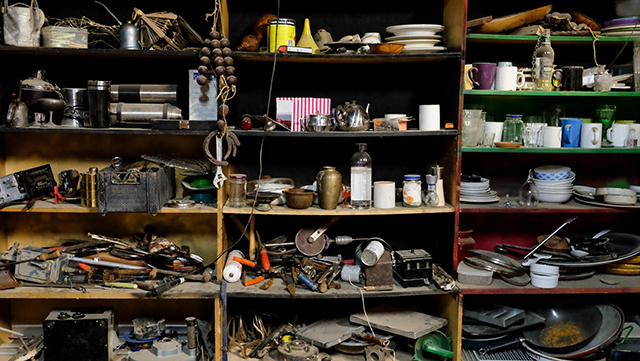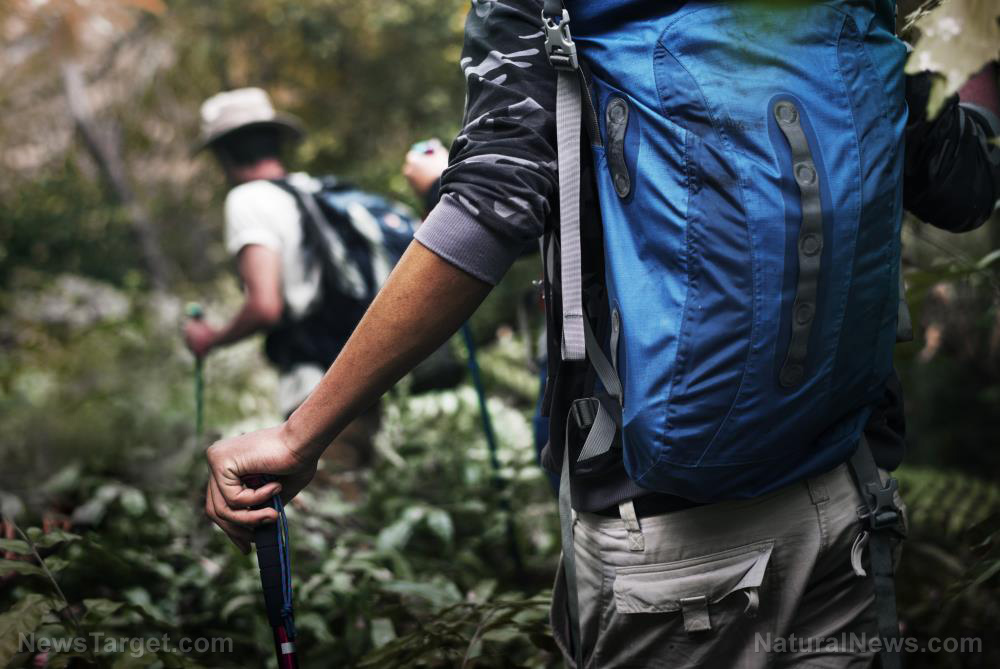More than just protection from the elements: 5 Survival uses of a poncho
11/07/2019 / By Grace Olson

For preppers, a poncho is one of the most valuable items in an emergency kit. Don’t let its simple design fool you. Depending on the user, a poncho can transform into various items with different purposes. (h/t to PreppersWill.com)
Protection
Ponchos offer a lot of protection for their wearers. They are made of heavy plastic material, making them suitable for heavy rains. They are also big enough to keep a person and his backpack dry. Here are other ways to use ponchos as cover:
- Cover for strong winds. If it fits you right, a poncho won’t be blown off too easily. You can also tie a knot around your waist for extra measure. Just leave enough moving space for your arms.
- Heated blanket. A poncho is great for keeping things out, but it’s also effective at keeping heat in. A lot of preppers attest that it is warm under a poncho. This is great for cold weathers or heavy rains.
- Tent. Make sure to have an extra poncho in your backpack. With two ponchos and a long piece of rope, you can have a makeshift tent in any place. Use it as shelter or storage for your supplies. (Related: How to make a formidable temporary shelter when SHTF.)
Camouflage
There are a lot of ponchos available on the market, with different sizes and colors. When buying a poncho, consider the following:
- Where are you going to use it? In a survival scenario, it’s best to remain undetected. Pick a color that would blend in with the environment. For example, a camo poncho works efficiently in the woods.
- How big is it? Make sure to pick a poncho that fits you. While a bigger poncho may be better, remember that you are most likely to wear it. It should be big enough to let you move around, but also short enough that you don’t trip on it.
- How thick is the plastic? Different brands have varying thicknesses of material. Generally, it is better to choose a poncho with thick material. This way it lasts longer and is less prone to punctures.
Flotation device
If you come across a river, it may be difficult to cross while carrying a backpack and other supplies. With a poncho, you can make a waterproof flotation device (a poncho raft) for your things. All you need is a poncho and a long rope. Follow the instructions below:
- Spread the poncho on the ground and lay down your supplies in the middle.
- Bring the opposite edges of the poncho together. Roll the combined edges downward, like a burrito.
- Twist the ends tightly, and then tie with string. At this point, it looks like a giant candy.
- Pull the tied ends inward the baggage, so they’re not hanging off the side.
- Secure both ends by tying them to each other with rope.
- The remaining rope is your leash to the poncho raft.
If you have an extra poncho, repeat this process, but place the first baggage face down.
You can now cross the river or stream, tugging your supplies in a poncho raft, safe and dry.
Travois
A travois is a tool similar to a dog sled. While it can’t be used on snow, it works effectively on dry, rugged terrains. You can make one with two stout poles (like thick branches), a poncho, and two spreaders. Follow these instructions:
- Form an X with the two poles. There should be two long legs and two short ones.
- Tie the spreaders to maintain the X-shape.
- Stretch the poncho between the long legs.
A poncho is also an effective carrier for emergencies. In case of an injured person, simply spread the poncho on the ground and place the injured person on it. Hoist the poncho up and carry the person to safety.
Water collection
Ponchos are an effective means to collect water. Here are some ways to use one for water collection:
- Collecting rainwater. If you chance upon rain, tie the poncho’s corners to branches. There should be a dip in the middle of the poncho for water to pool in.
- Collecting dew. Like rainwater, tie the poncho up to branches and let it sit overnight. In the morning, there should be some dew collected in the middle.
- Solar still. This is collecting evaporated groundwater. You need a poncho, a container, and a rock. To build your own solar still, follow the instructions below:
- Dig a hole in the ground, around 2×3 feet wide. The depth should be twice as a high as your container.
- Place the container in the middle of the hole.
- Cover the hole with the poncho. Place weights around the hole to keep the poncho in place.
- Put a rock or any other weight in the middle of the poncho, right where the container is.
- Let it sit for a while before collecting the water.
A poncho is a valuable item to have during an emergency. Make sure to always keep one in your EDC kit.
Sources include:
Tagged Under: bug out, camouflage, EDC kit, emergency kit, everyday carry, how-to, off grid, poncho, preparedness, prepping, survival, survivalist
RECENT NEWS & ARTICLES
COPYRIGHT © 2017 PREPAREDNESS NEWS




















